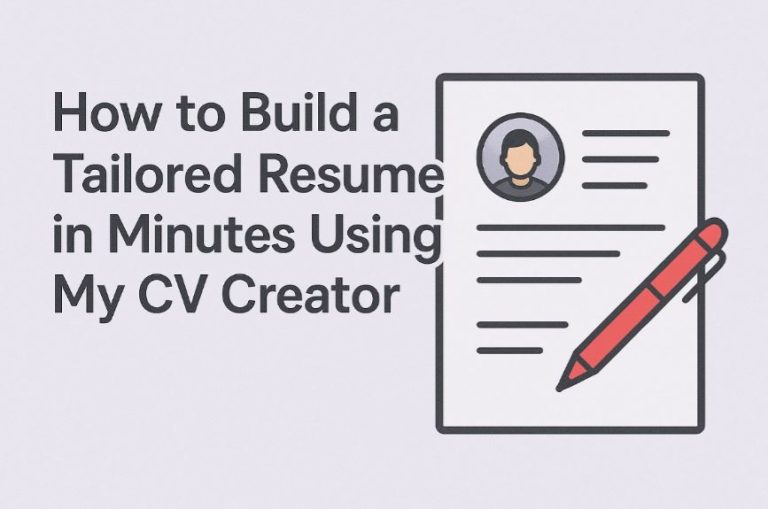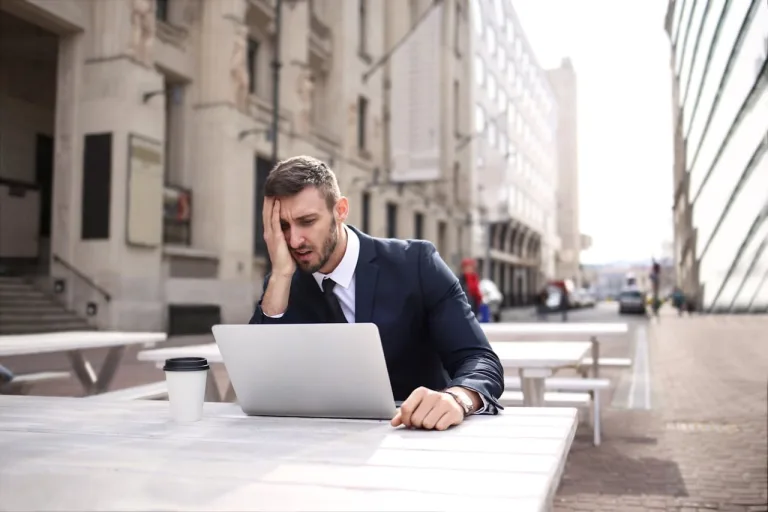5 Oversight on Your Property That Could Lead to a Personal Injury Lawsuit
Property ownership comes with a wide array of duties, including both legal and moral responsibilities.
As a homeowner, landlord, or business owner, you must take proactive steps to ensure your property is safe for others. A single accident can result in catastrophic injuries and costly personal injury lawsuits that leave you light in the pocket or bank account.
These lawsuits cost you money, damage your reputation, or worse, result in loss of property. Since you want to avoid costly lawsuits, remember the following four common errors people make that expose them to personal injury lawsuits.
- Floors and Walkways That Are Not Properly Maintained
Uneven floors, broken stairs, or slippery surfaces are among the most common causes of slips, trips, or falls. As it turns out, these incidents are among the most common reasons people file personal injury lawsuits. Plaintiffs stand a good chance of winning their cases if they are injured due to property owners leaving their properties in an unsafe condition.
If someone on your property slips and falls due to a driveway or walkway in bad shape, for instance, that could leave you in serious legal trouble. It’s best — if the concrete on your grounds needs work — to get it professionally fixed. Concrete leveling services will cost you — but a personal injury lawsuit will cost you a lot more.
Inspect all walkways on your grounds on a regular basis. And fix anything on your property that could injure someone.
- Poor Lighting
Poor lighting may not alert visitors to concealed hazards such as curbs or obstructions.
Owners of properties in some states can be legally held liable for criminal acts committed when the property is not well lit, especially if they had previously been warned.
Ensure all high-risk areas and heavily traveled areas are well lit. And place motion-sensitive lights outdoors.
- Failure to Act in the Presence of Known Hazards
The most compelling element of a personal injury case is knowledge by the property owner of a hazard and a failure to act.
Foreseeability is generally the most frequent key legal principle involved. If an injury was foreseeable and nothing was done by the property owner to avoid it, the courts will likely find the owner liable.
It’s a good idea to immediately fix any reported hazard on your property. Document the date and time when you initially discovered the issue and what corrective action was taken.
- Hazardous Features and Recreational Amenities
Hot tubs, pool decks, patios, and even fountains or ponds aren’t just popular additions to properties — they’re also potentially unsafe. They’re “attractive nuisances,” and their owners are liable if an intruder is injured, even if the intruder was trespassing.
A wandering child who falls into an uncovered pool can be injured or killed. Fences, gates, warning signs, and covers are all preventive devices that judges want homeowners to use to safeguard against potentially harmful elements.
If there is anything in your home that can be considered dangerous, ensure it’s securely behind a fence, guarded, and in compliance with all local construction codes. Post danger signs, install fences or locks, and purchase liability insurance coverage for added protection.
Property ownership includes protecting others from avoidable harm and danger on your grounds. An error, by ignorance, by forgetfulness, or by careless habits, could be an avenue for a personal injury lawsuit.
The good news is that all of these threats can be averted through strict care for property maintenance and risk avoidance. Ongoing monitoring, prompt maintenance, clear communication, and investments in protective elements can keep people safe.
Through caution and awareness, you can establish your property as a liability-free area that is safe and secure for everyone.





